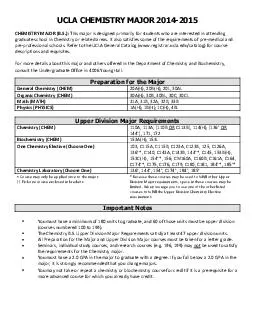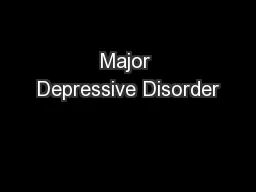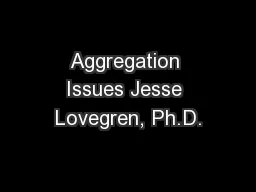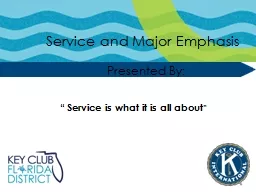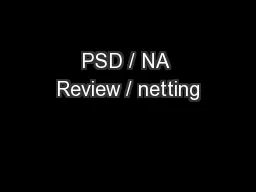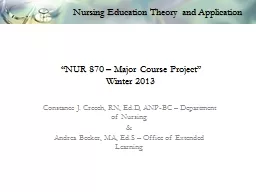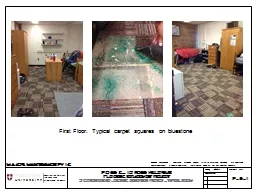PPT-HL367 Major Project
Author : tatyana-admore | Published Date : 2017-08-22
Winter 2014 By Michel DarlingtonWest amp Jamie Frederickson Mission to promote effective coping for stress in students through education Independent Variable education
Presentation Embed Code
Download Presentation
Download Presentation The PPT/PDF document "HL367 Major Project" is the property of its rightful owner. Permission is granted to download and print the materials on this website for personal, non-commercial use only, and to display it on your personal computer provided you do not modify the materials and that you retain all copyright notices contained in the materials. By downloading content from our website, you accept the terms of this agreement.
HL367 Major Project: Transcript
Download Rules Of Document
"HL367 Major Project"The content belongs to its owner. You may download and print it for personal use, without modification, and keep all copyright notices. By downloading, you agree to these terms.
Related Documents


